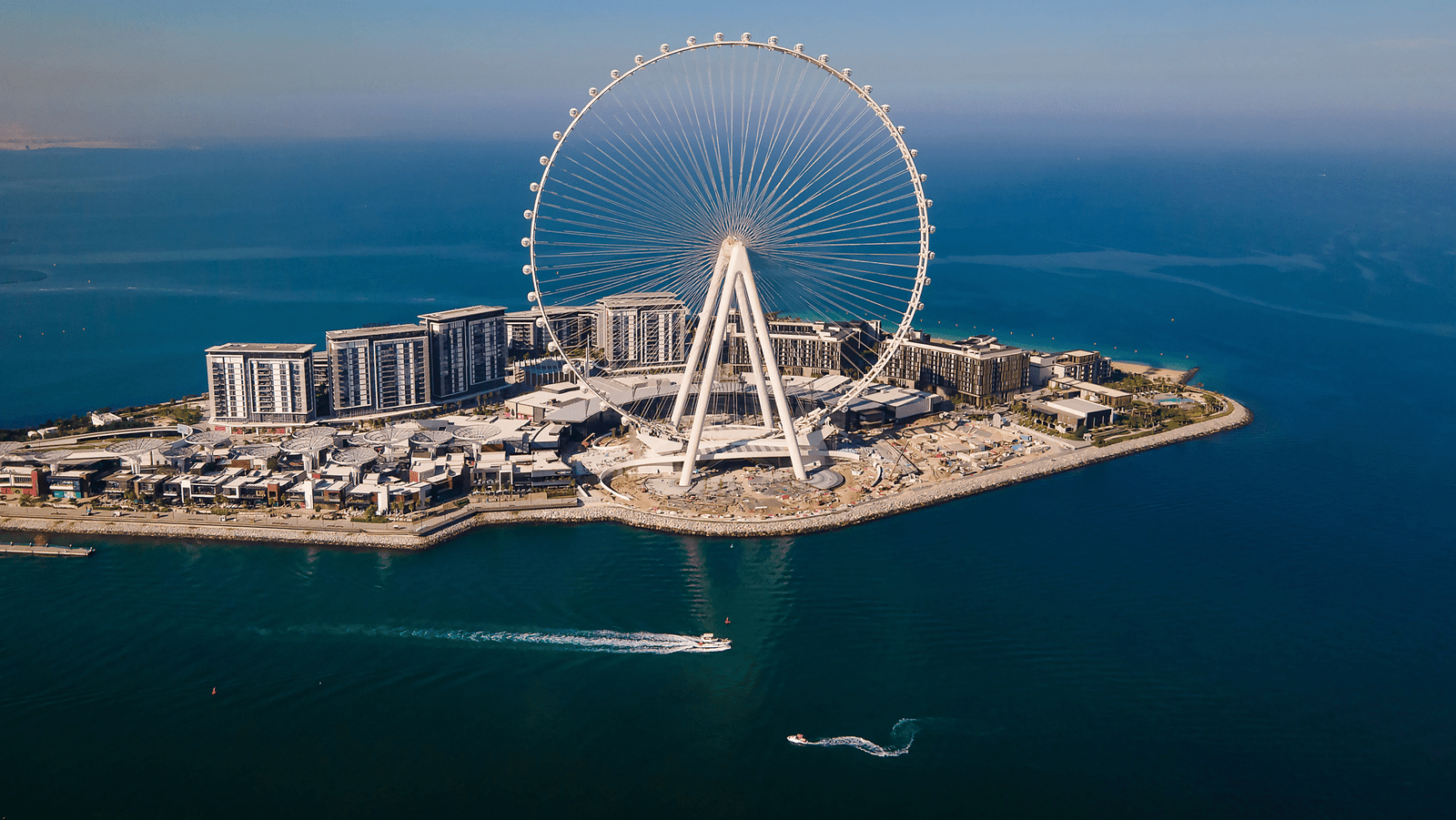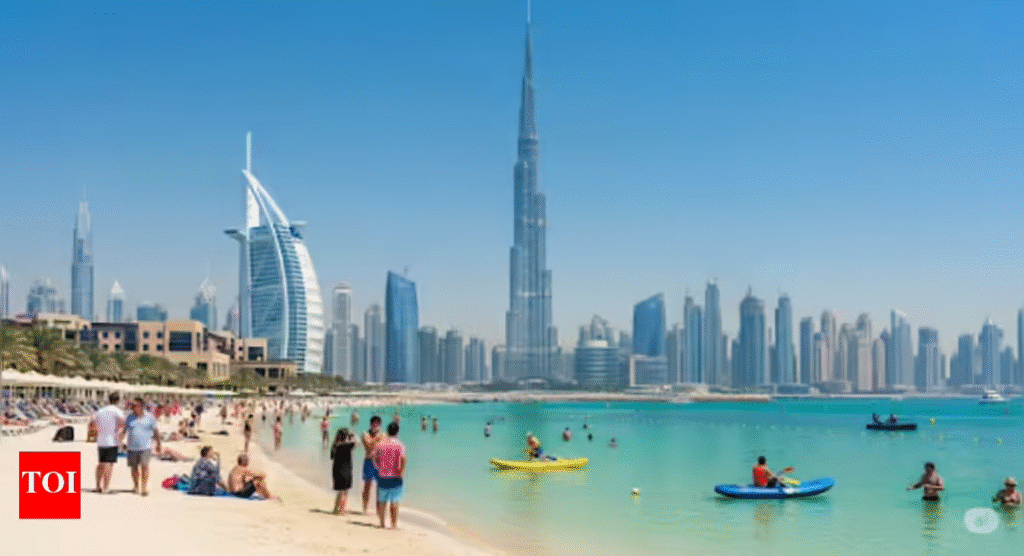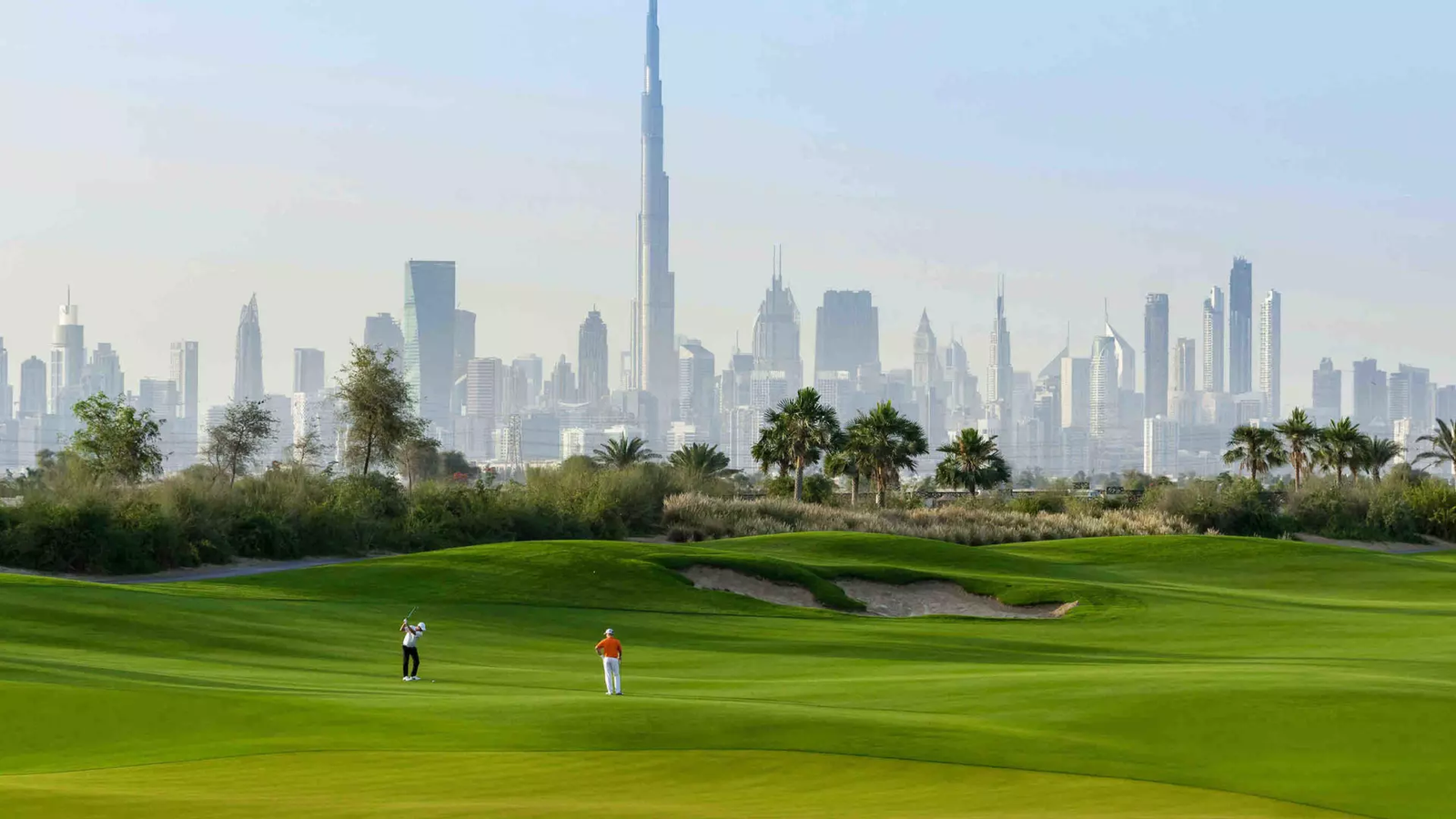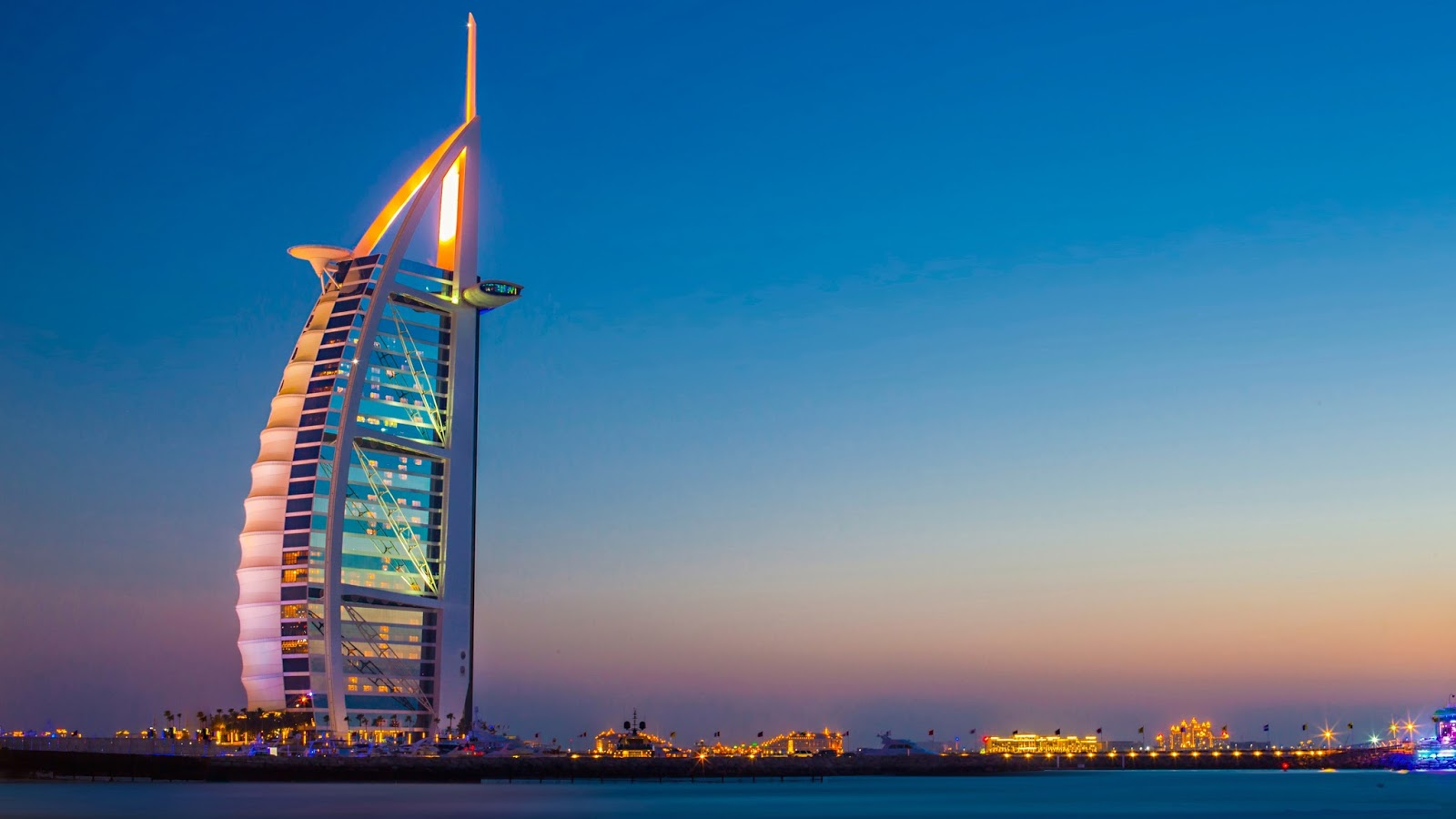Now Reading: Dubai’s Weather Shocks Tourists: What You Need to Know 2025
-
01
Dubai’s Weather Shocks Tourists: What You Need to Know 2025
Dubai’s Weather Shocks Tourists: What You Need to Know 2025

Table of Contents
Dubai, one of the most modern cities in the world, is well known for its luxury lifestyle, world-class infrastructure, and towering skyscrapers. But along with all this progress, one thing remains a constant concern its extreme climate. Dubai, located in the United Arab Emirates (UAE), sits in the heart of the Arabian Desert, and this geographical location has a major influence on its weather conditions.
From record-breaking temperatures to shifting climate patterns, the climate of is drawing global attention in 2025. Here’s everything you need to know about how climate is changing, what to expect if you’re planning a visit, and what experts are saying about the future.
Dubai’s Natural Climate: A Desert Heat Zone
Dubai falls under a hot desert climate (Köppen climate classification BWh), with extremely hot summers and mild winters. Typically, the city experiences long sunny days throughout the year, and rainfall is rare.
In the summer months, which stretch from May to October, daytime temperatures regularly soar between 40°C to 48°C (104°F to 118°F). Humidity levels can also be high, especially near the coast, making the heat feel more intense. At night, temperatures rarely fall below 30°C (86°F).
In contrast, winter months from November to March are much more pleasant. Temperatures during the day range between 24°C and 30°C (75°F to 86°F), making this the peak tourist season. Nights can get cooler, dropping to around 15°C to 18°C (59°F to 64°F).
Record-Breaking Heat in 2025
The summer of 2025 has already seen some of the hottest days recorded in history. In July, the mercury hit a scorching 51.3°C (124.3°F), breaking previous records and sparking serious concerns among health officials and environmental experts.
Climate scientists suggest that such extreme weather events are no longer rare. They are becoming part of a new normal due to global climate change. According to a recent report by the UAE’s National Center of Meteorology, average annual temperatures in have increased by 2°C over the past three decades.
This rising heat has major implications for residents, tourists, and the environment alike. More energy is being used for air conditioning. Outdoor workers face higher risks of heatstroke. And the tourism industry must adapt by offering more indoor attractions during peak heat months.
Rainfall in Dubai: Rare but Changing

Rain is not common in Dubai. On average, the city receives around 100 mm (3.9 inches) of rainfall per year. Most of this occurs during the winter months in short, scattered showers or thunderstorms.
However, 2025 has shown unusual weather patterns. witnessed several surprise rainfalls between March and April, leading to temporary flooding in low-lying areas. Experts believe this is a result of shifting weather conditions in the region caused by climate change, combined with occasional cloud seeding operations by the UAE government.
Cloud seeding is a technique used to enhance rainfall by releasing substances into the clouds that encourage rain formation. While this has been successful in increasing rainfall, it has also raised debates about its long-term environmental impacts.
Climate Change and Its Impact on Dubai
Dubai is no stranger to the effects of climate change. Rising sea levels, increasing heatwaves, and dust storms are some of the visible symptoms already being experienced in the region.
One of the biggest risks faces is rising sea levels. With many parts of the city developed along the coastline, even a small rise in sea level can pose a threat to infrastructure and tourism areas. Although the UAE government is actively working on coastal protection projects, the future remains uncertain if global emissions are not controlled.
Dust storms are another climate concern. These storms reduce visibility, increase pollution, and can have serious health impacts. In 2025, the number of dust storms in the region has been slightly higher than in previous years, prompting warnings from environmental agencies.
How Dubai is Responding to Climate Challenges
The UAE government has taken several initiatives to tackle the challenges of climate change. In 2021, the UAE announced its plan to achieve net-zero emissions by 2050, becoming the first country in the Middle East to do so.
Some of the major steps being taken include:
- Expanding renewable energy sources like solar and nuclear power
- Reducing water wastage and improving desalination efficiency
- Investing in green building technologies and sustainable urban planning
- Launching public awareness campaigns about climate action
Dubai’s flagship project, the Mohammed bin Rashid Al Maktoum Solar Park, is one of the largest solar parks in the world and aims to produce 5,000 megawatts by 2030. This is a major step toward reducing the city’s dependency on fossil fuels.
In addition, the city is promoting electric vehicles (EVs), green transportation, and sustainable tourism through eco-hotels and climate-friendly activities.
What Tourists Should Know About Dubai’s Climate
If you’re planning a trip to Dubai, the best time to visit is during the winter months between November and March. The weather during this time is ideal for sightseeing, beach activities, and desert safaris.
However, if you must visit in summer, it’s essential to take precautions. Stay indoors during the peak heat hours (12 PM to 4 PM), wear light cotton clothing, drink plenty of water, and avoid outdoor physical activities during the day.
Many indoor attractions like the Dubai Mall, Ski Dubai, and the Museum of the Future offer climate-controlled experiences that can still make your trip enjoyable despite the heat outside.
The Road Ahead: Balancing Growth with Climate Goals

Dubai’s rapid development has brought prosperity and global attention, but it also brings challenges, especially regarding sustainability. The city is now at a critical crossroads balancing its growth ambitions with its climate responsibilities.
While the government is showing leadership through green initiatives and climate commitments, the role of residents, tourists, and businesses is equally important. Simple steps like reducing energy consumption, using eco-friendly transportation, and supporting sustainable tourism can contribute to the bigger climate goals.
Final Thoughts
Dubai’s climate will continue to be a defining feature of the city’s identity. While extreme heat and rare rains are part of life here, changing global conditions are making these events more intense and frequent. The city is adapting, but climate awareness and action will be the key to a sustainable future for Dubai.
Whether you’re a resident, a traveler, or a business owner, understanding the climate of Dubai is no longer a choice it’s a necessity.
Read More:- Shobha Realty Launches Its Most Luxurious Project Yet—Full Details Inside 2025






















